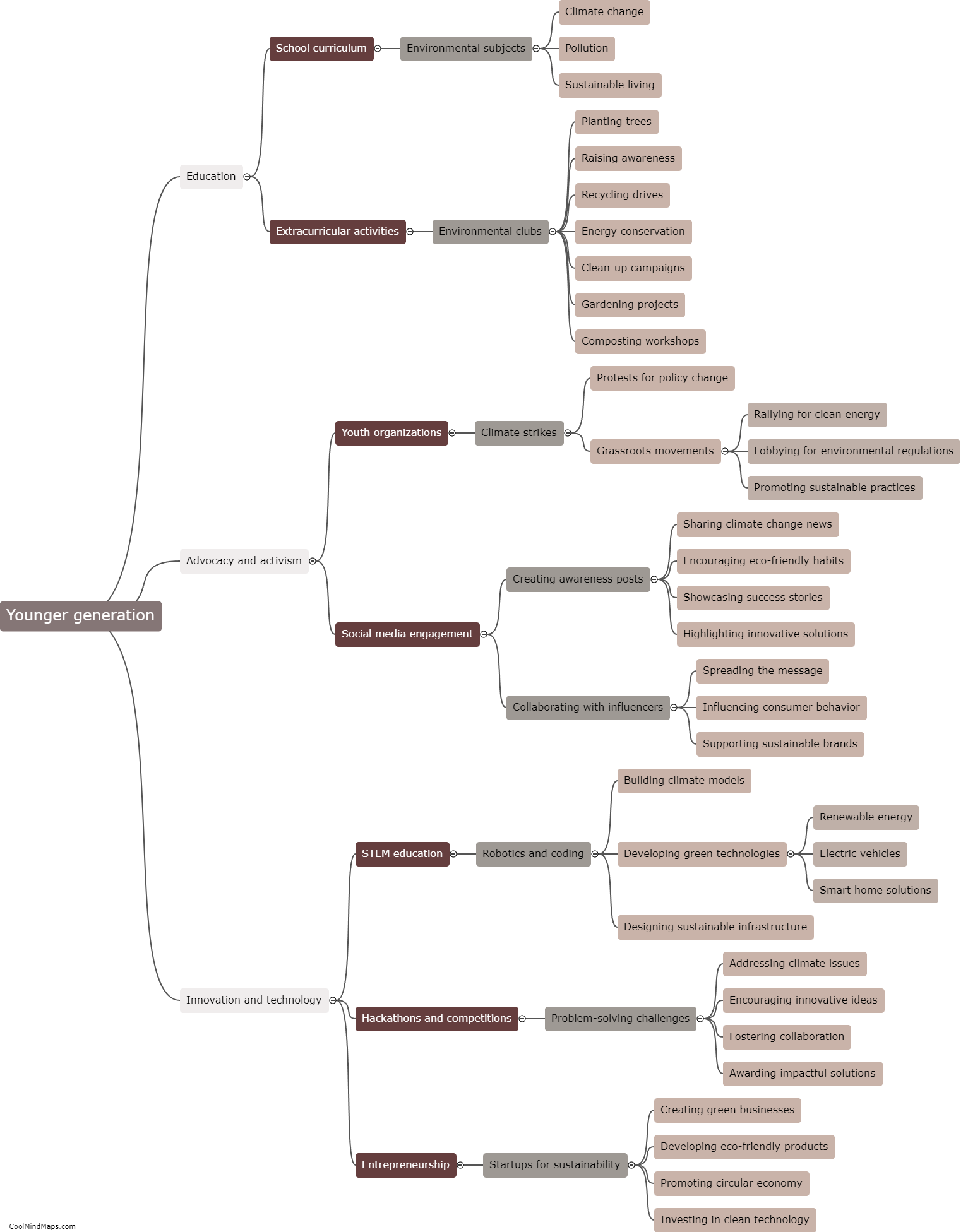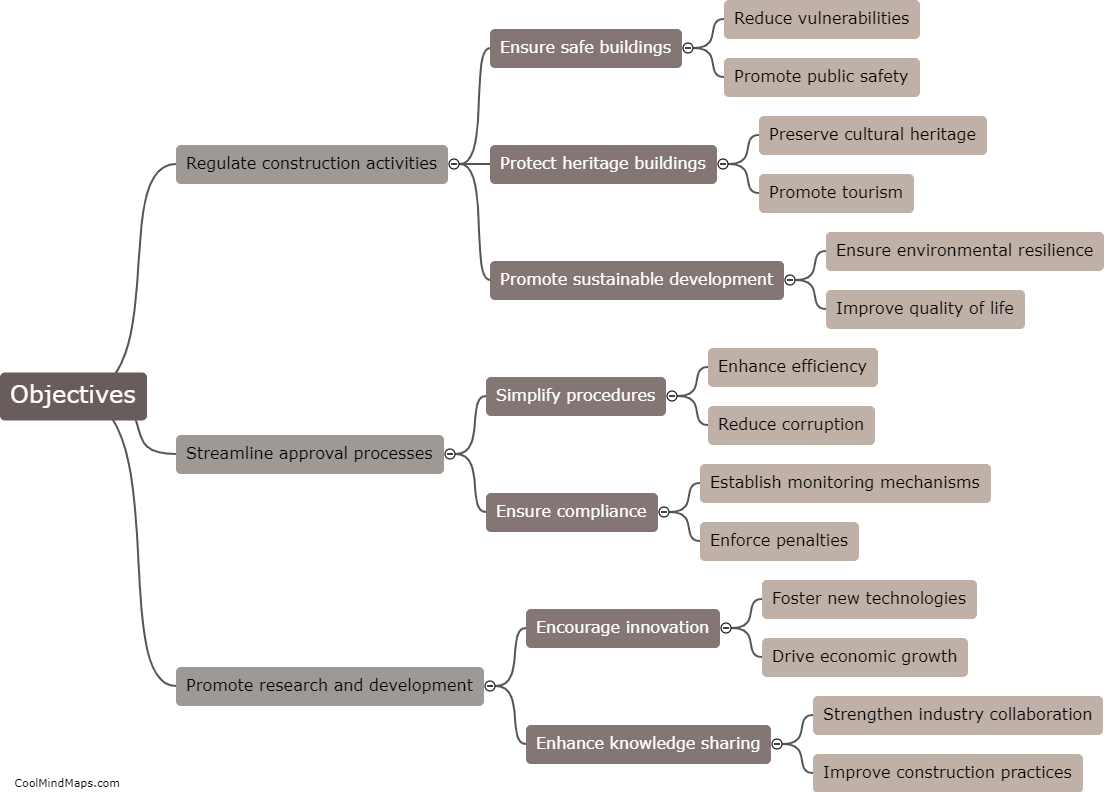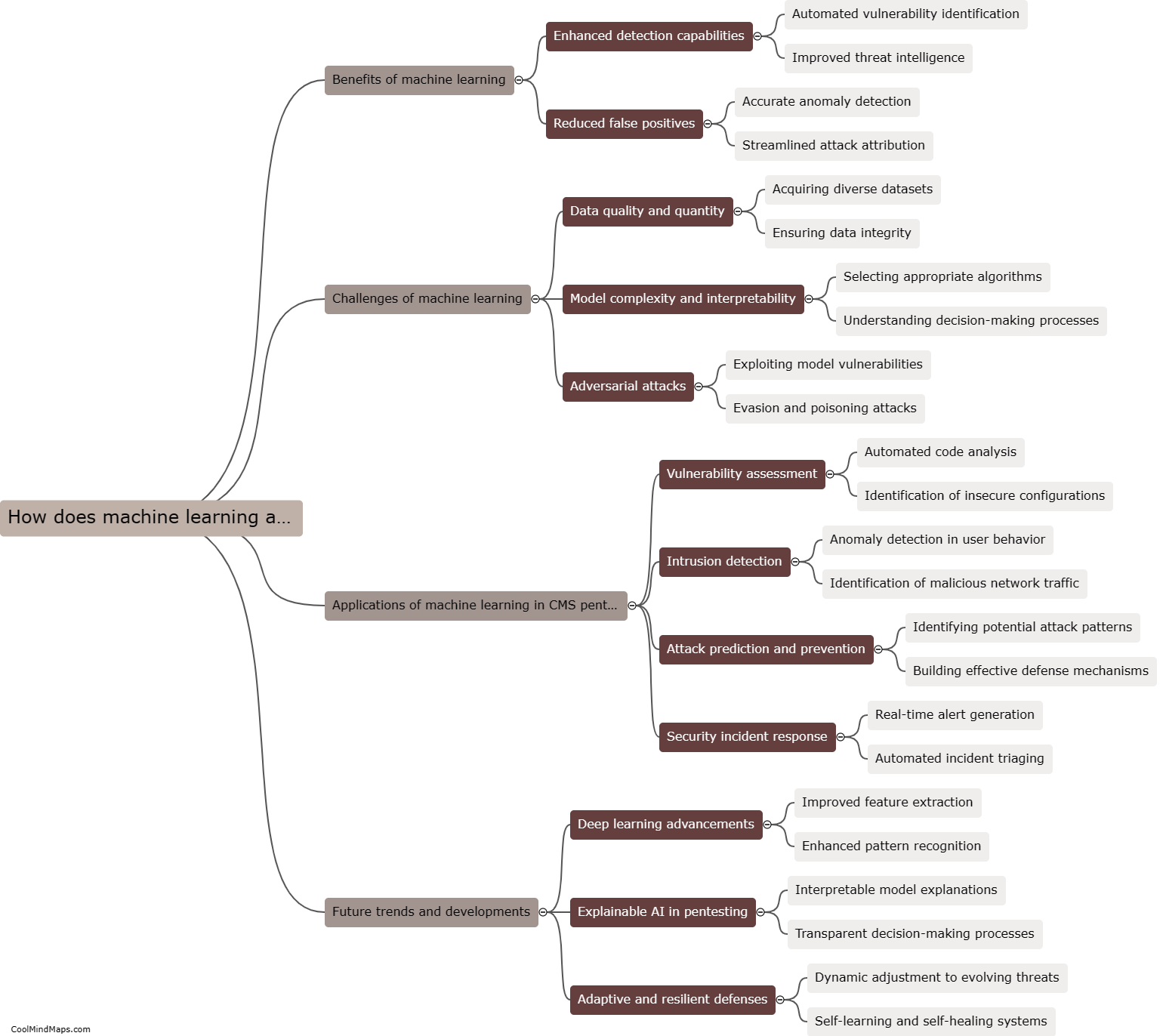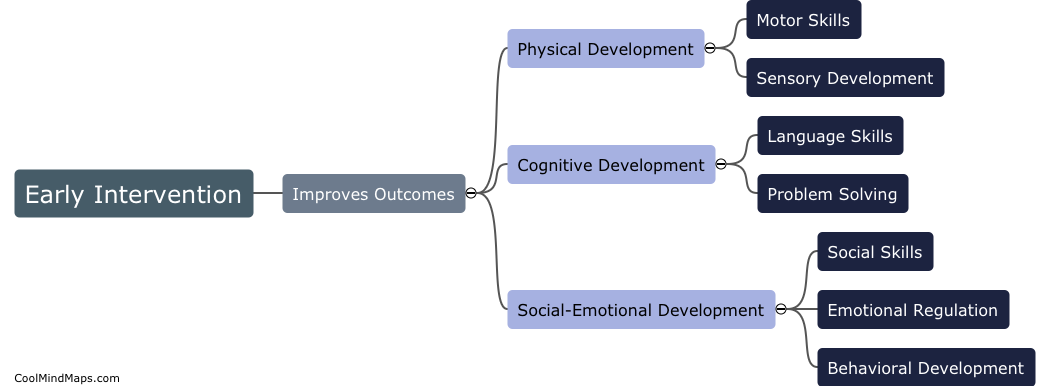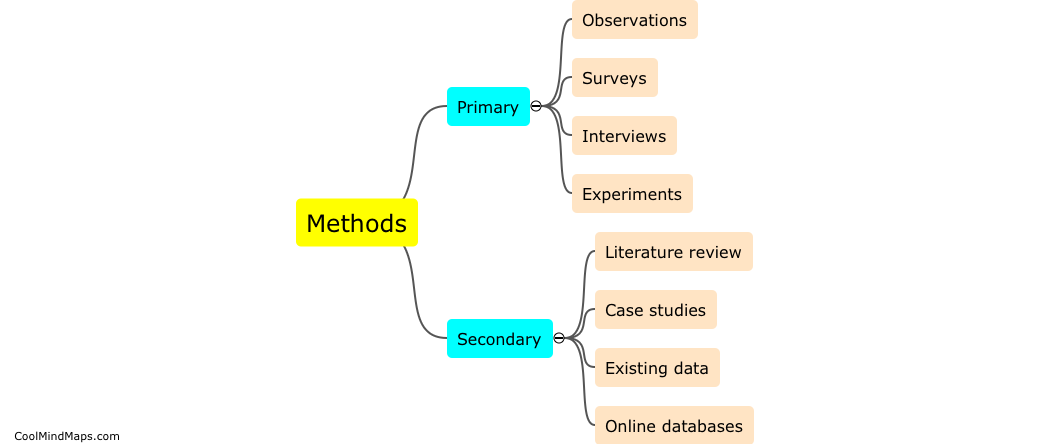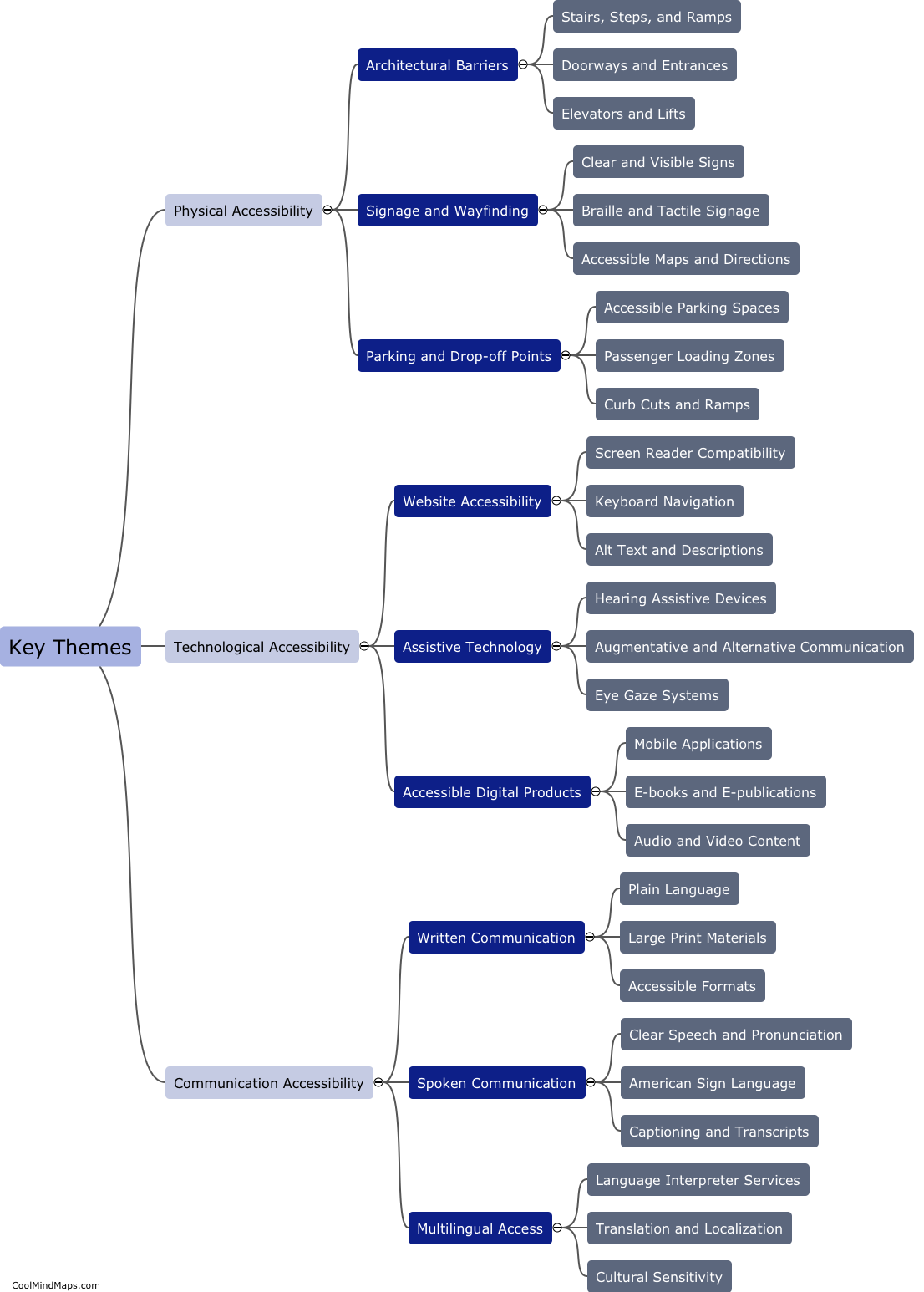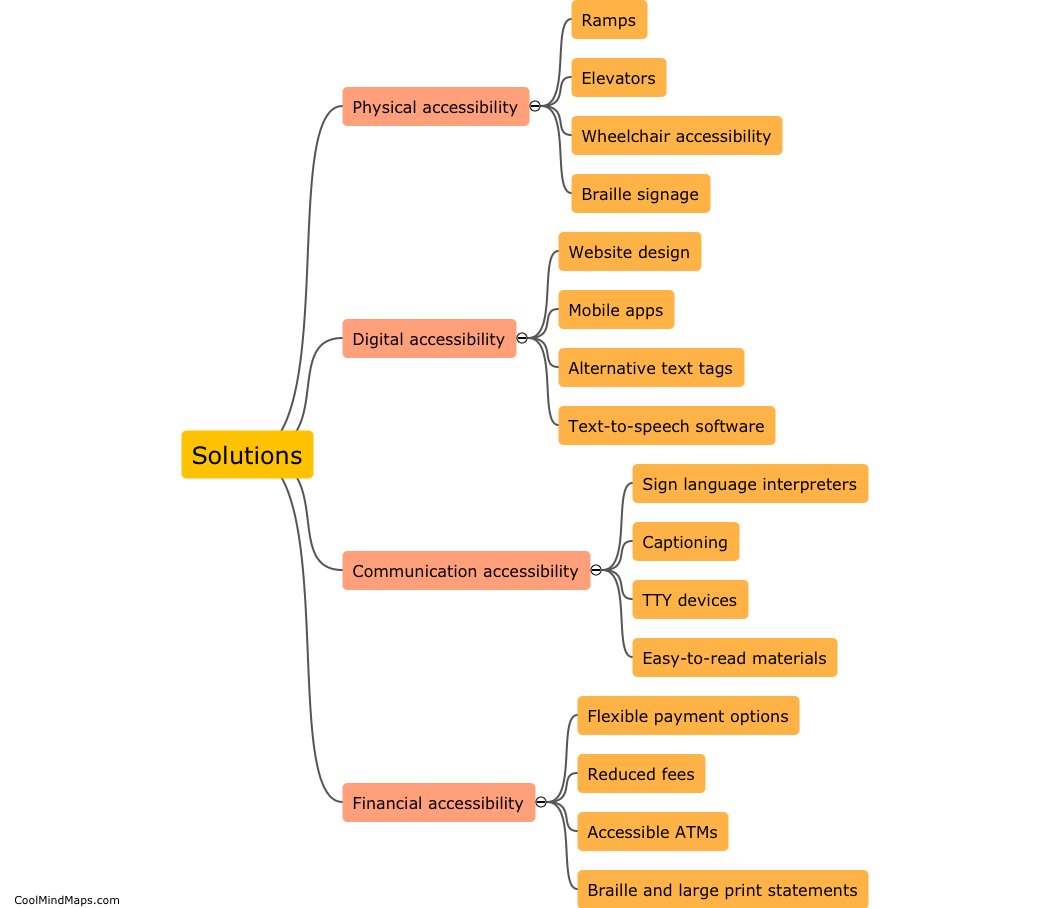What are the chemical transformations involved in photosynthesis and respiration?
Photosynthesis and respiration are two vital processes in the natural world, with contrasting roles and chemical transformations. Photosynthesis, which occurs in plants, algae, and some bacteria, involves the conversion of sunlight energy into chemical energy in the form of glucose. This process uses carbon dioxide, water, and sunlight to produce glucose and release oxygen as a byproduct. In contrast, respiration is the process by which organisms break down glucose to produce energy for cellular functions. It involves the consumption of glucose and oxygen to produce carbon dioxide, water, and adenosine triphosphate (ATP) molecules, which are utilized as energy currency in cells. Overall, photosynthesis represents the transformation of light energy into chemical energy, while respiration represents the breakdown of stored chemical energy to generate ATP.
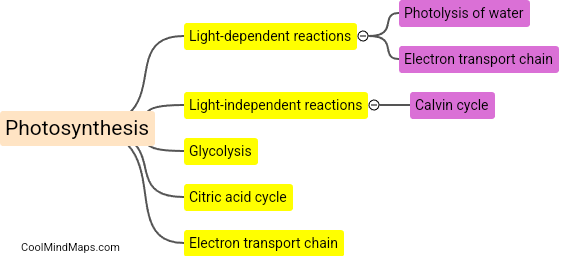
This mind map was published on 17 January 2024 and has been viewed 95 times.

